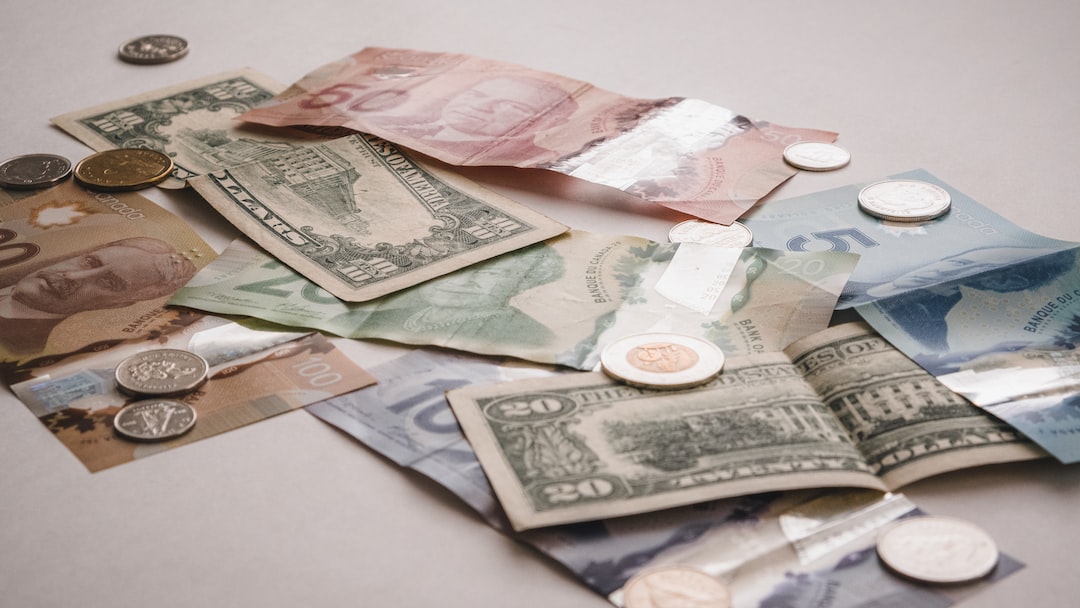When traveling overseas, accessing your money can be a complicated process. One of the most common ways to get cash when abroad is by using an ATM. However, using an ATM abroad can come with fees that can add up quickly. In this article, we will explain how forex fees are calculated at ATMs.
Forex fees, also known as foreign transaction fees or currency conversion fees, are charges applied to transactions made in a foreign currency. These fees can be applied when using your debit or credit card to make purchases or withdraw cash from an ATM.
When using an ATM abroad, there are two types of fees that can be charged: withdrawal fees and forex fees. Withdrawal fees are the charges that the ATM operator charges for using their machine. Forex fees, on the other hand, are charges applied by your bank or credit card issuer to convert the foreign currency into your home currency.
Forex fees can vary depending on the bank or credit card issuer. Some banks charge a percentage of the withdrawal amount, while others charge a flat fee per transaction. It’s important to check with your bank or credit card issuer to understand their specific forex fee structure.
The forex fee is calculated based on the exchange rate between the foreign currency and your home currency. The exchange rate is the rate at which one currency can be exchanged for another. The exchange rate is constantly fluctuating, and the forex fee is calculated based on the exchange rate at the time of the transaction.
For example, if you are from the United States and are traveling in Europe, and you withdraw €100 from an ATM, the exchange rate at the time of the transaction might be 1.20 USD/EUR. This means that you will be charged $120 for the €100 withdrawal. However, if your bank charges a forex fee of 3%, you will be charged an additional $3.60 on top of the withdrawal amount.
It’s important to note that some ATMs may offer you the option to make the withdrawal in your home currency. This is known as Dynamic Currency Conversion (DCC), and it may seem like a convenient option. However, it’s important to be aware that DCC can come with high fees and unfavorable exchange rates. It’s generally recommended to decline DCC and choose to make the withdrawal in the local currency.
In addition to forex fees, it’s also important to be aware of daily withdrawal limits. Most banks and ATMs have a daily withdrawal limit, which can vary depending on the bank or ATM operator. It’s important to check with your bank to understand your daily withdrawal limit and plan accordingly.
In conclusion, using an ATM abroad can come with fees that can add up quickly. Forex fees are charges applied by your bank or credit card issuer to convert the foreign currency into your home currency. The forex fee is calculated based on the exchange rate at the time of the transaction and can vary depending on the bank or credit card issuer. It’s important to be aware of these fees and plan accordingly when traveling abroad.






